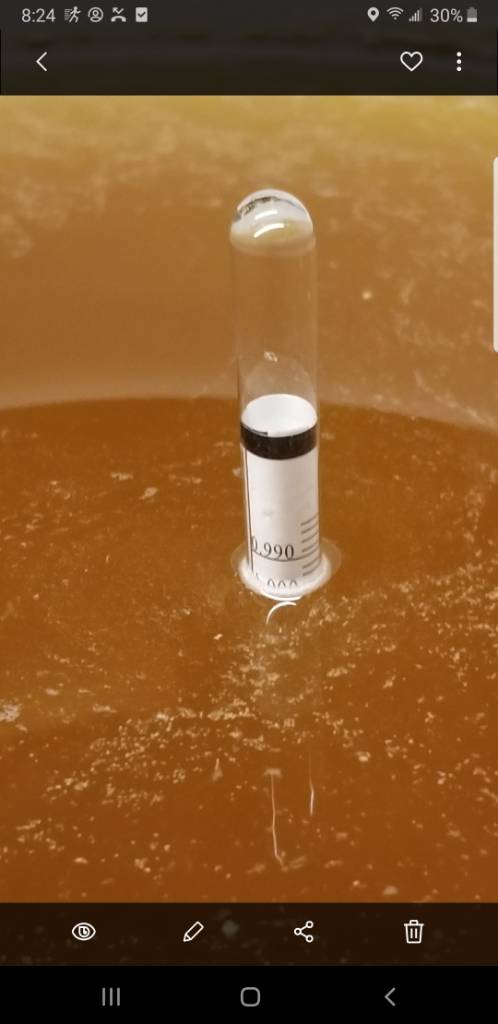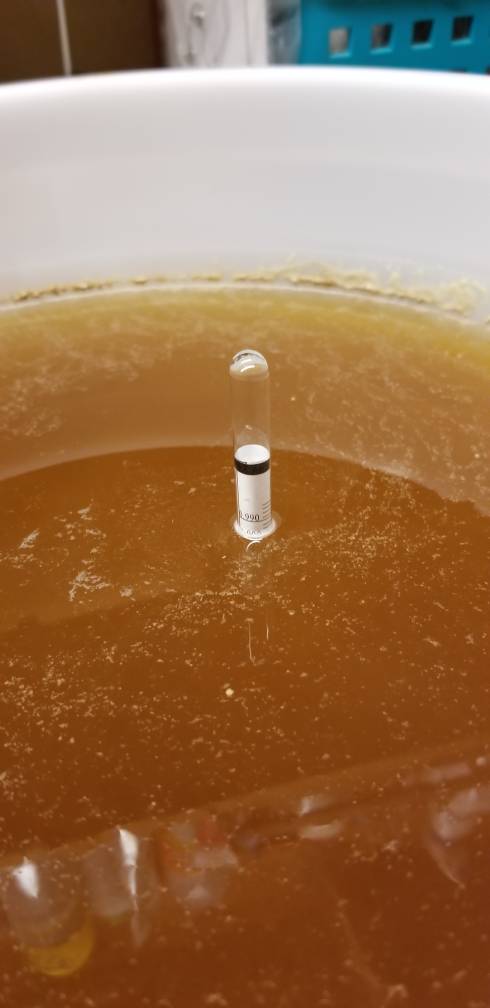Lefou
Danged rascally furt
- Joined
- May 1, 2016
- Messages
- 2,300
- Reaction score
- 1,228
Excellent work here, thanks. So mich ultra? I think I understand this. Less grain and adjunct to create lower gravity, then use enzyme to get back to 4.2 abv but less calories.
Speaking of adjunct I have been using sugar but rye and others sound interesting. I love basmati rice. Would I just mash it? Basmati rice and golden promise light, sounds good enough. I don't like chilli in beer but this one would suit that well I suspect.
Not all rice is created equal - and yes, you may need to cook it properly in order to get it to mash well.
I love the popcorn smell of cooking Basmati rice and scored some very cheap bags of it recently. Aged Basmati rice can be very dry so you need to increase the amount of water to gelatinize properly. In order to mash properly, cooked rice needs to be soft enough to pinch flat between finger and thumb or have enough water added to look like corn grits.
Once the enzyme is added and the mash is done, the rice starches should liquify and be dissolved as it converts to glucose.
Unfortunately that nice popcorn Basmati rice smell won't carry over to your beer, Mr. Scrap. You'll only get it when cooking or during the mash. One of the smoothest, but sneakily stronger versions of a rice adjunct beer you'll find commercially is the San Miguel Pale Pilsner.
As a traveler I can tell you I messed with the horse and it kicked me in the ass. Anyone who has been to the PI can tell you what that means. That was the stronger Red Horse lager version, but I can probably say the beer you're looking to brew isn't going to be that strong.
Last edited:
































![Craft A Brew - Safale BE-256 Yeast - Fermentis - Belgian Ale Dry Yeast - For Belgian & Strong Ales - Ingredients for Home Brewing - Beer Making Supplies - [3 Pack]](https://m.media-amazon.com/images/I/51bcKEwQmWL._SL500_.jpg)




























